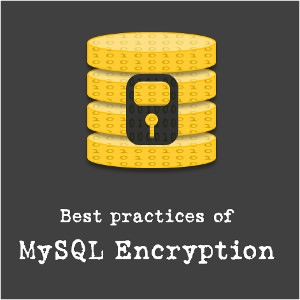Introduction to Amazon Route 53 Training

Simplilearn Americas LLC
Course Summary
Looking for a reliable, scalable, simple, fast, and cost effective way to route end users to internet applications? Amazon Route 53 ensures the ability to connect user requests to infrastructure efficiently, running inside and outside of AWS. Learn with Simplilearn’s online Route 53 training course and get acquainted with the basic concepts of Route 53 to host your own domain names.
-
+
Course Description
How would a certificate from Simplilearn help me?
In today’s era where technologies and best practices are changing rapidly and demand for qualified candidates is significantly increasing, a certificate from Simplilearn is the key to your success and a valuable add-on in your resume. Our training courses are designed and updated by 2000+ renowned industry experts, and more than 40 global training organizations have recognized us as an official provider of certification training.
What is a Domain Name System(DNS) service?
DNS is a world-wide distributed service that translates names like www.name.com to numeric IP addresses like 192.168.205 that computers use to connect to each other. It manages mapping between names and numbers. In simple words, DNS servers translate requests (queries) from names into IP addresses.
What are the benefits of Amazon Route 53?
Individuals can create and manage their public DNS records using Amazon Route 53. It helps you to manage the IP addresses listed for your domain names in the Internet’s DNS phone book and also answers requests to translate specific domain names to their respective IP addresses. Individuals can use Route 53 to create DNS records for a new domain or transfer DNS records for an existing domain. The simple REST API for Route 53 allows individuals to create, update, and manage DNS records with ease. It also offers health checks to monitor the health and performance of your application as well as your web servers and other resources.
How does Amazon Route 53 provide high availability and low latency?
Route 53 is built using AWS’s highly available and reliable infrastructure to ensure a constant ability to route your end users to your application by overcoming any network related issues. Using a global network of DNS servers around the world, Route 53 is designed to automatically answer queries from the optimal location depending on network conditions. As a result, the service offers low query latency for your end users.
What is the difference between a Domain and a Hosted Zone?
A domain is a general DNS concept. Domain names are easily recognizable names for numerically addressed Internet resources. For example, amazon.com is a domain. A hosted zone is an Amazon Route 53 concept and is analogous to a traditional DNS zone file; it represents a collection of records that can be managed together, belonging to a single parent domain name.For example, the amazon.com hosted zone may contain records named www.amazon.com, and www.aws.amazon.com.
Is the training live, or will I watch pre-recorded videos?
This course is conducted via live, interactive sessions. This enables you to ask questions and engage in discussions at any point during the class. Additionally, we also provide recordings of the sessions attended by you for your future reference.
-
+
Course Syllabus
Course preview
Amazon Route 53
AWS ROUTE 53 25:37
1 Amazon Route 53 01:11
2 Amazon Route 53 Concepts 20:08
3 Amazon Route 53 Best Practices and Costs 02:19
4 Practice Assignment Amazon Route 53 Hosted Zone 00:35
5 Key Takeaways 01:24
That was just a sneak-peak into the lesson.
Enroll for this course and get full access.
Enroll now





